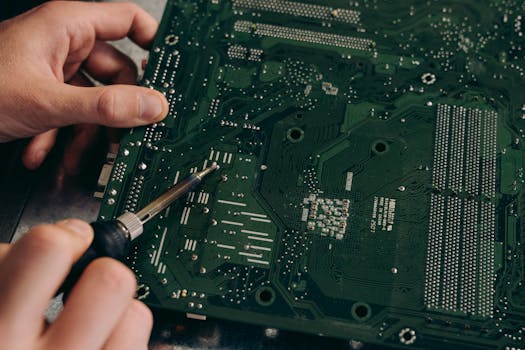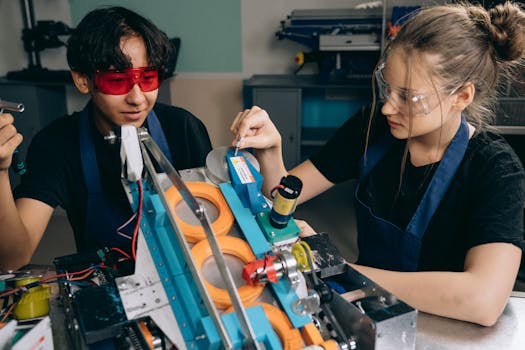
The Future of Work: Trends to Watch in 2025
The Future of Work is a topic that has been gaining significant attention in recent years, and for good reason. The way we work is undergoing a significant transformation, driven by technological advancements, shifting workforce demographics, and changing employee expectations. In 2025, we can expect to see several trends shape the way we work, from the rise of remote work to the increasing use of artificial intelligence and automation.
Section 1: Introduction to the Future of Work

The future of work is a complex and multifaceted topic, and it’s difficult to predict exactly what it will look like. However, there are several trends that are already emerging, and that are likely to continue to shape the way we work in the coming years. Some of the key trends that we can expect to see include the rise of remote work, the increasing use of artificial intelligence and automation, and the growing importance of lifelong learning and upskilling.
Section 2: Trends to Watch in 2025

In 2025, we can expect to see several trends shape the way we work. Some of the key trends to watch include:
- Remote Work: With the advancement of technology, remote work is becoming more popular. Many companies are adopting remote work policies, and it’s expected that this trend will continue to grow in the coming years.
- Artificial Intelligence and Automation: Artificial intelligence and automation are changing the way we work, and it’s expected that this trend will continue to grow in the coming years. Many companies are using AI and automation to streamline their operations and improve efficiency.
- Lifelong Learning and Upskilling: With the rapid pace of technological change, it’s becoming increasingly important for employees to continually update their skills and knowledge. This trend is expected to continue to grow in the coming years, as employees look to stay ahead of the curve and remain relevant in the job market.
- Diversity, Equity, and Inclusion: Diversity, equity, and inclusion are becoming increasingly important in the workplace. Companies are recognizing the benefits of a diverse and inclusive workforce, and are taking steps to create a more welcoming and inclusive environment for all employees.
Section 3: Preparing for the Future of Work

To prepare for the future of work, it’s essential to stay ahead of the curve and be aware of the trends that are shaping the workplace. Some of the ways that employees can prepare for the future of work include:
- Developing New Skills: With the rapid pace of technological change, it’s becoming increasingly important for employees to continually update their skills and knowledge. This can include learning new programming languages, developing data analysis skills, or learning about emerging technologies such as blockchain or artificial intelligence.
- Building a Professional Network: Building a professional network is essential in today’s fast-paced and competitive job market. Employees can build their network by attending industry events, joining professional organizations, and connecting with colleagues and peers on social media.
- Staying Adaptable: The future of work is uncertain, and it’s essential for employees to stay adaptable and be open to change. This can include being willing to learn new skills, take on new challenges, and be open to new opportunities.
Section 4: Conclusion

In conclusion, the future of work is undergoing a significant transformation, driven by technological advancements, shifting workforce demographics, and changing employee expectations. To prepare for the future of work, it’s essential to stay ahead of the curve and be aware of the trends that are shaping the workplace. By developing new skills, building a professional network, and staying adaptable, employees can position themselves for success in the future of work.
The Future of Work is a complex and multifaceted topic, and it’s difficult to predict exactly what it will look like. However, by understanding the trends that are shaping the workplace, and by taking steps to prepare for the future, employees can stay ahead of the curve and thrive in the years to come.






